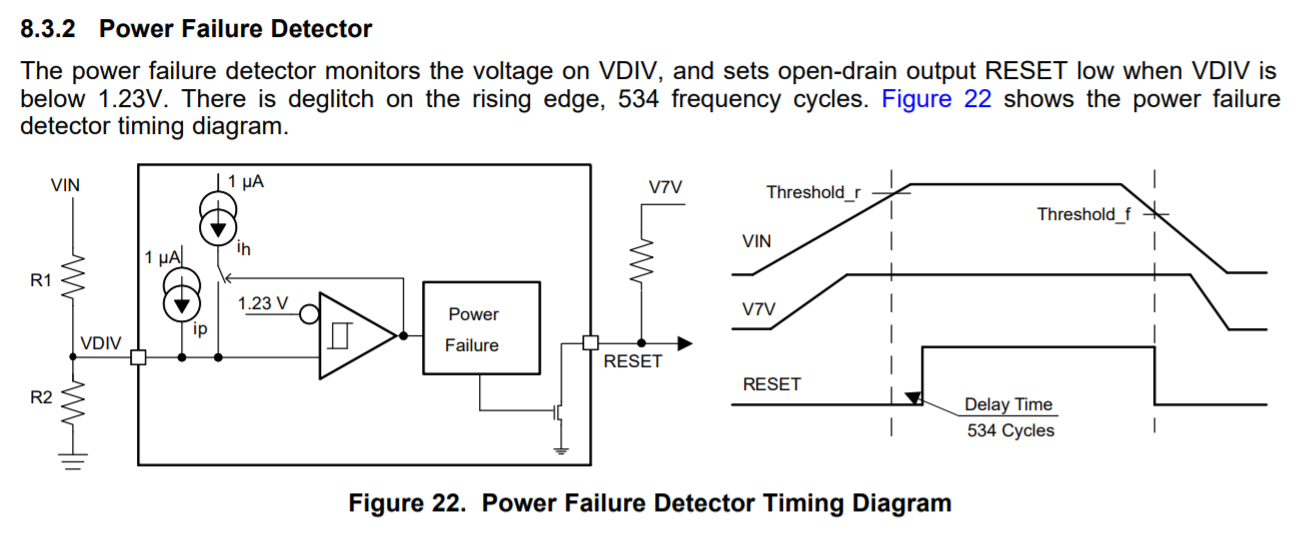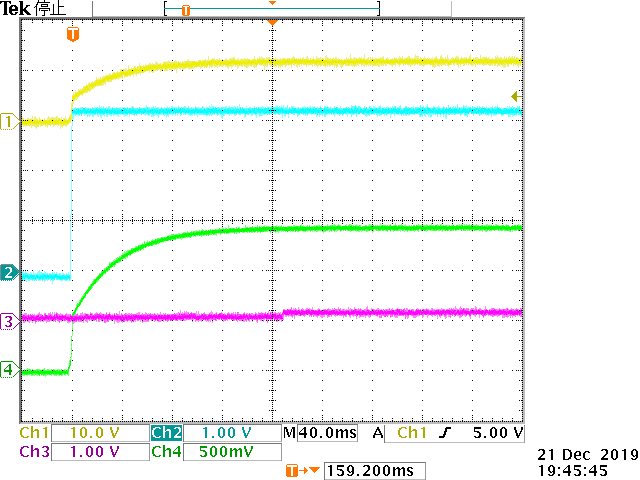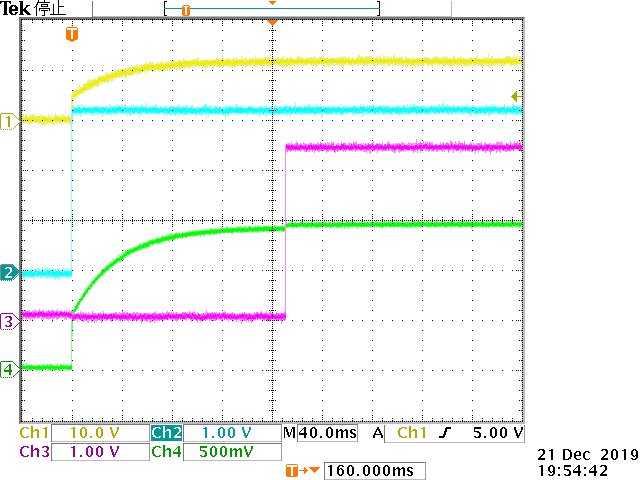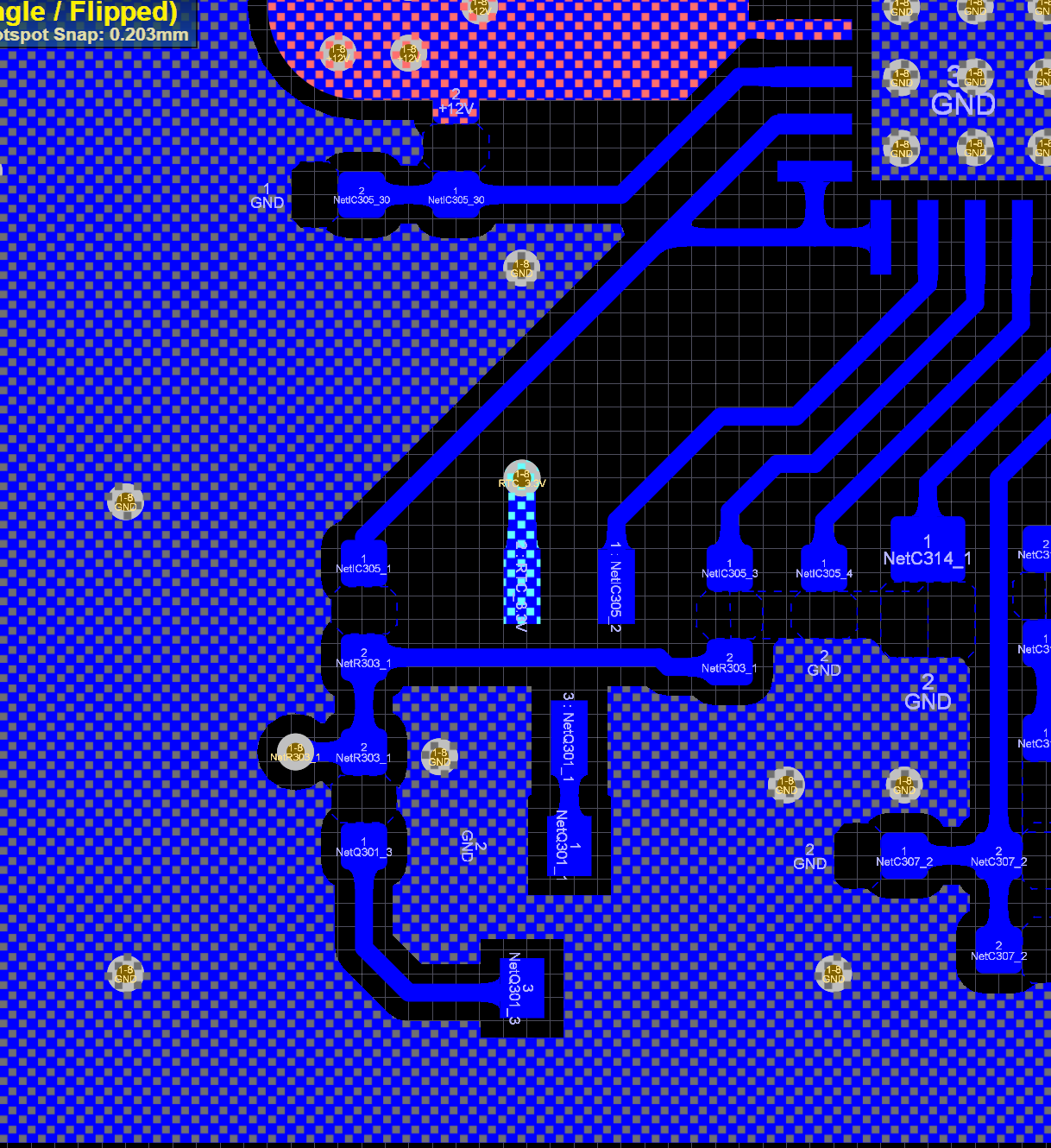In the attached circuit.
R309 and R311 are not mounted.
=> Signal "RESET_DCDC":H , TPS65261-2(PGOOD):H
R309 and R311 are mounted
=> Signal "RESET_DCDC":L , TPS65261-2(PGOOD):L
With R309 and R311 mounted, what should I change to make "PGOOD(pin2):H" and "RESET(pin3):H"?






